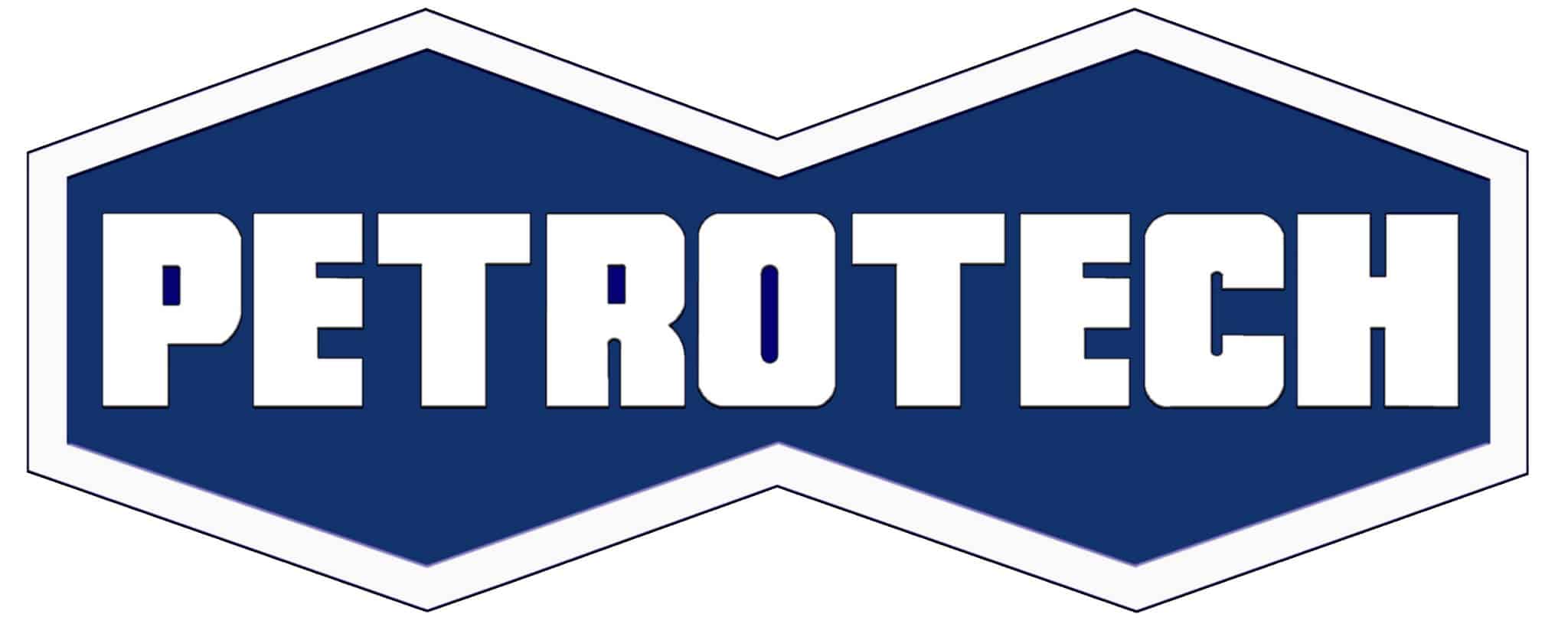
Reciprocating Engines: The Features and Functions
Powerful and efficient engines drive electricity generation and mechanical systems in the energy sector. The oil and gas industry relies on combustion engines for three key applications: power plants, compression, and pumping. In power plants, these engines burn fuel unsuitable for turbines. While in pumping systems, they supply mechanical drive. Moreover, in compression, they help move natural gas through distribution lines. Among various combustion engines, reciprocating engines remain the most widely used in these applications. They offer high efficiency, flexibility, and reliability, making them essential in energy production. This article explores what reciprocating engines are, how they work, their advantages, and key maintenance requirements.
What Are Reciprocating Engines?
A reciprocating engine, or piston engine, is one of two types of combustion engines that generate energy by burning fuel. The other type, a rotary engine, is an earlier design still used today, but reciprocating engines are more common.
A rotary engine operates with four separate compartments, each performing a specific function: intake, compression, combustion (or ignition), and exhaust. In contrast, a reciprocating engine completes all four steps within a single cylinder, making it more compact and widely used.
How Do They Work?
Reciprocating engines generate power by pressurizing fuel with pistons to create combustion, which drives a rotating motion. This process, called the four-stroke cycle, follows the same sequence as a rotary engine but occurs within a single cylinder.
- Intake – Fuel enters the cylinder, pushing the piston downward.
- Compression – The piston moves upward, pressurizing the fuel.
- Combustion – The spark plug ignites the fuel, forcing the piston downward and generating energy.
- Exhaust – Waste gases exit, and the cycle repeats.
This continuous cycle allows these engines to deliver reliable power for a wide range of applications.
What Are the Advantages of Reciprocating Engines?
Reciprocating engines are more advanced and efficient than rotary engines in most applications. While rotary engines still exist, their use is limited. For example, they are found in race cars because they provide higher torque, which improves acceleration. However, rotary engines often struggle with sealing, pressure leakage, and lubrication issues.
In contrast, reciprocating engines come in different configurations to match specific machines and tasks. They are the most common engine type in modern vehicles, power plants, and industrial machinery. Their versatility, efficiency, and durability make them ideal for energy production and mechanical drive systems.
What Sort of Service and Maintenance Do They Require?
Like automotive engines, reciprocating engines in industrial applications require regular maintenance to ensure maximum efficiency and longevity.
At Petrotech, we offer customized control and monitoring solutions for all OEM reciprocating engines. Our automation systems help clients optimize performance, prevent breakdowns, and reduce maintenance costs.
We design custom control systems that integrate with existing equipment, eliminating the need for major modifications. These systems provide real-time monitoring and control for essential maintenance parameters, including:
- Engine Speed
- Turbocharger Speed
- Torque
- Air-to-fuel ratio
- Exhaust Temperature
- Air Manifold Pressure
- Vibration Air Manifold Temperature
- Ignition timing
Systems are user-friendly and tailored to each client’s requirements.
Petrotech has over 50 years of experience in the energy supply industry and offers turnkey services for single vendor responsibility, including free 24/7 technical support and troubleshooting. Learn more about the custom integrated control systems that we can provide for your engines.
Image by Mj-bird

